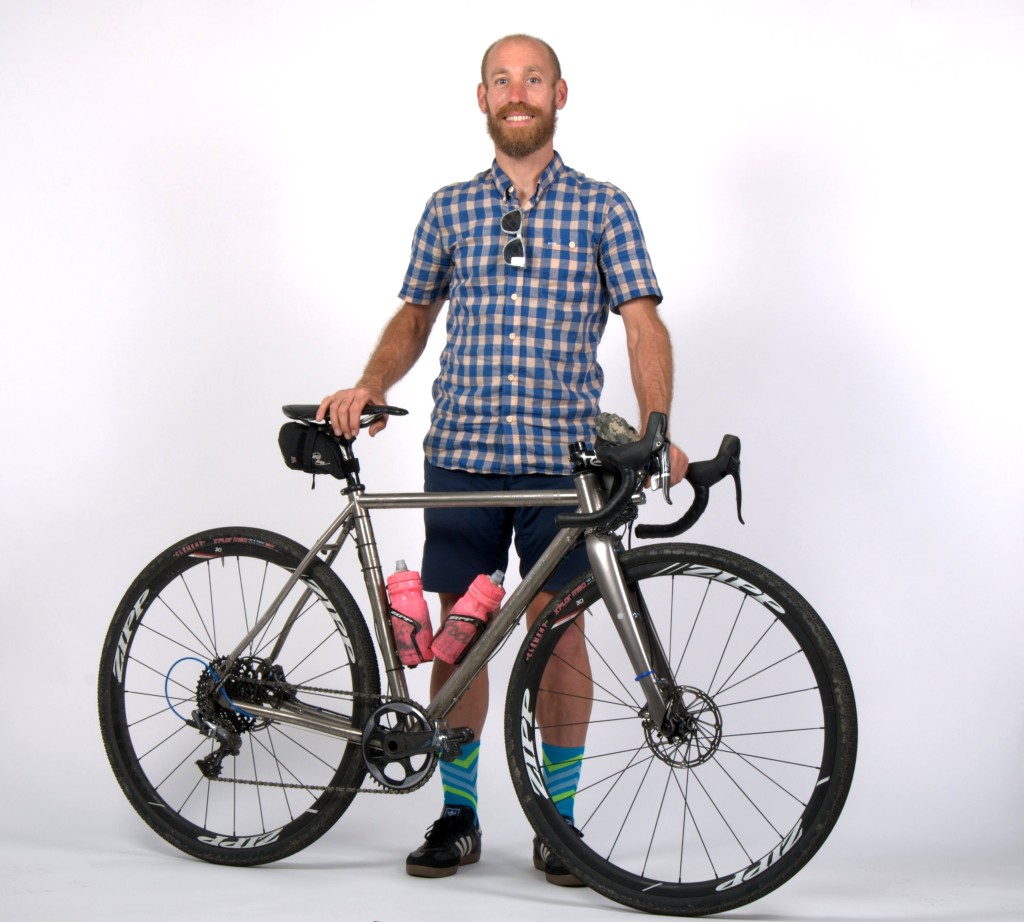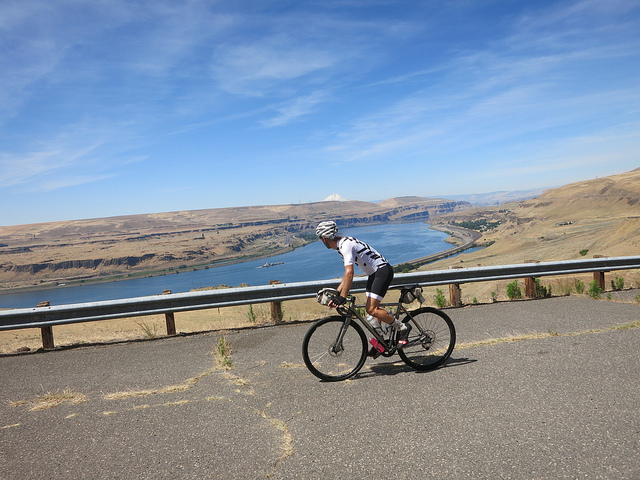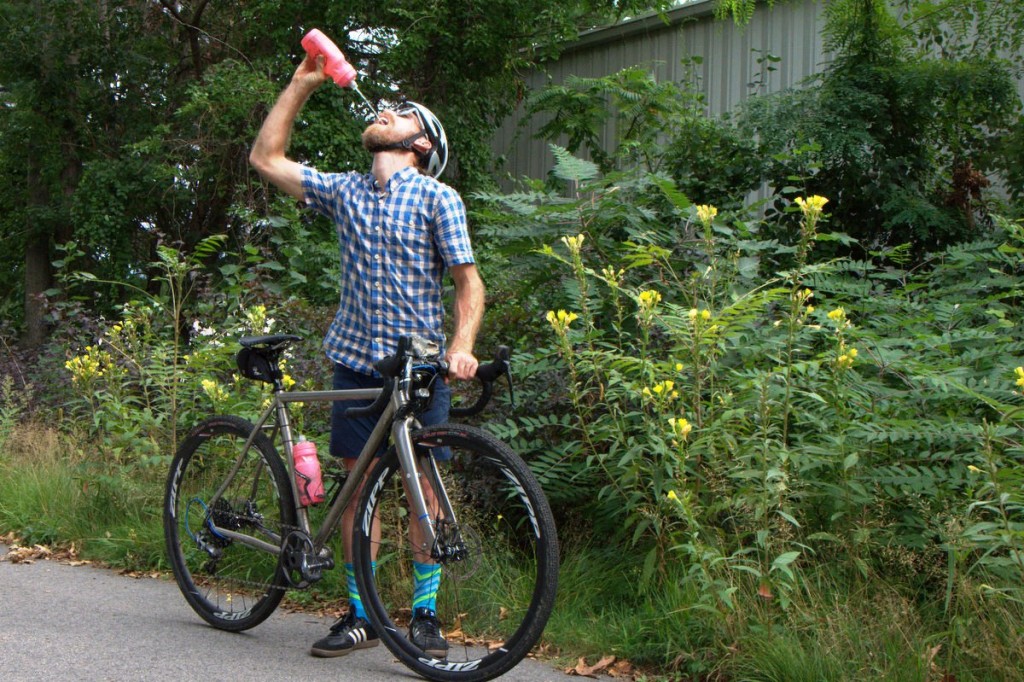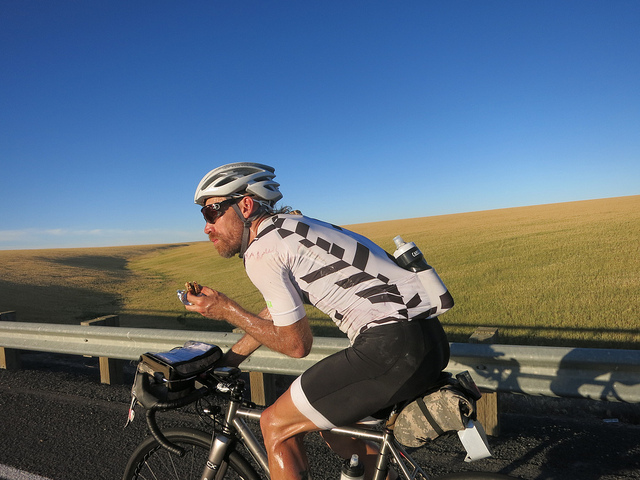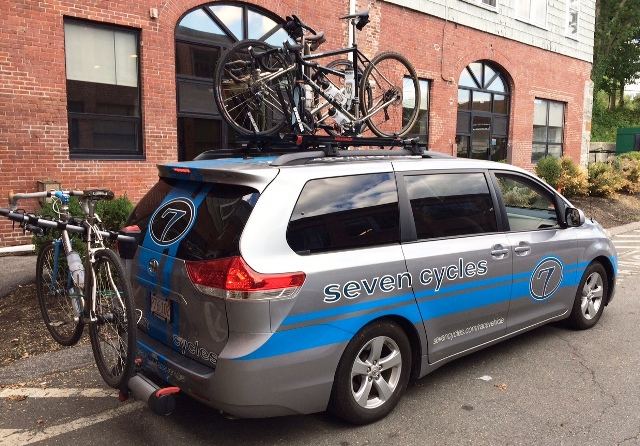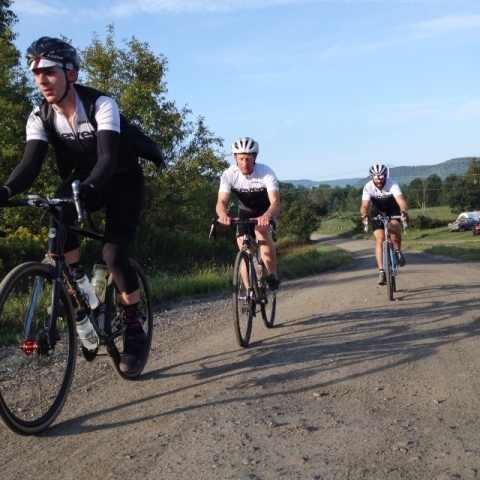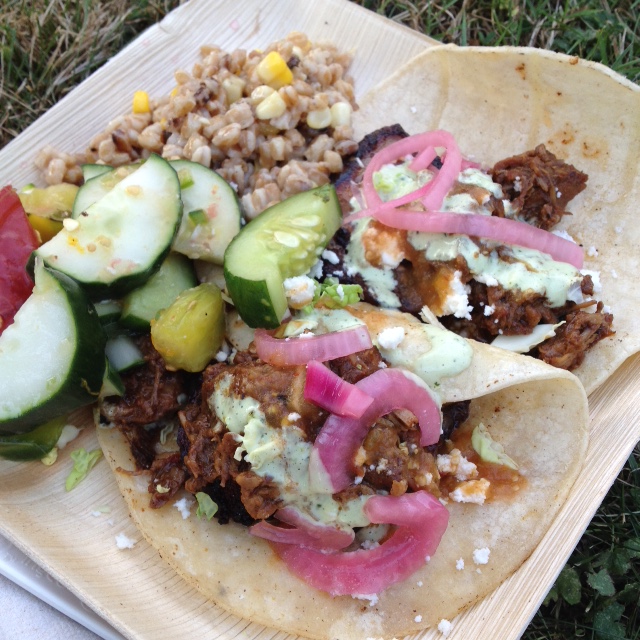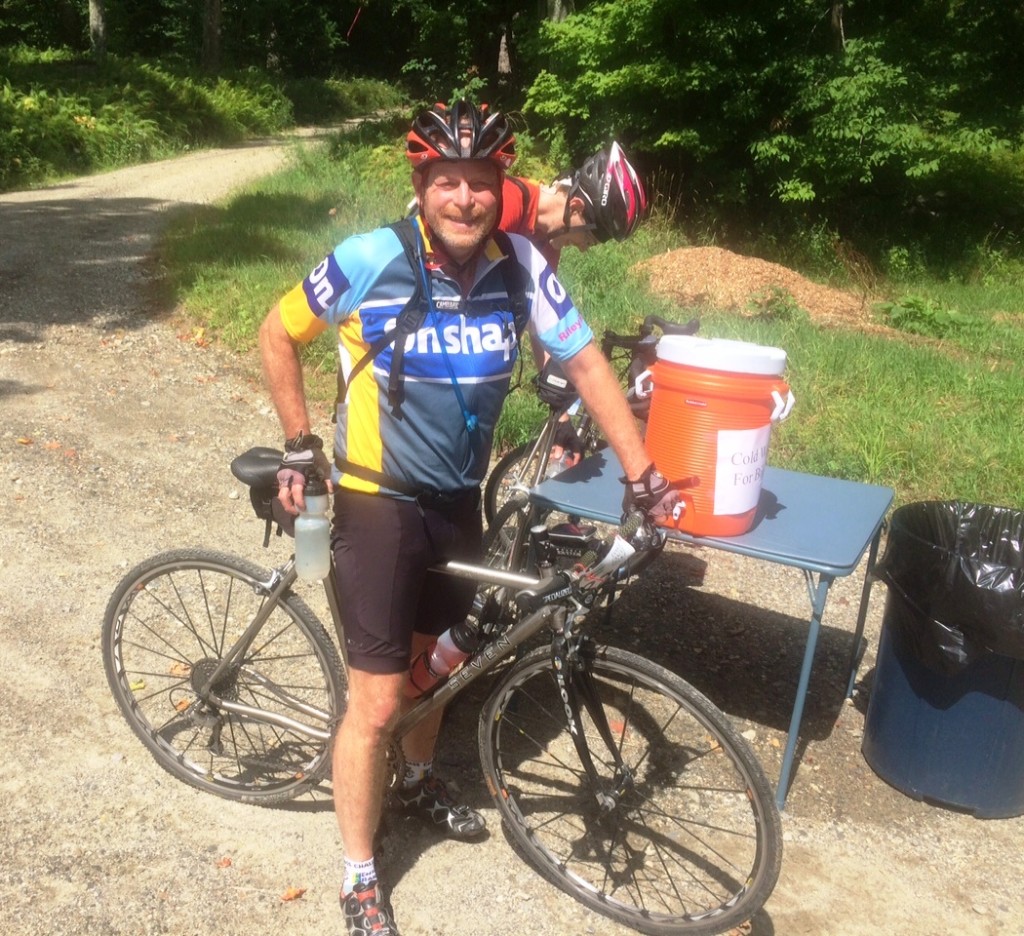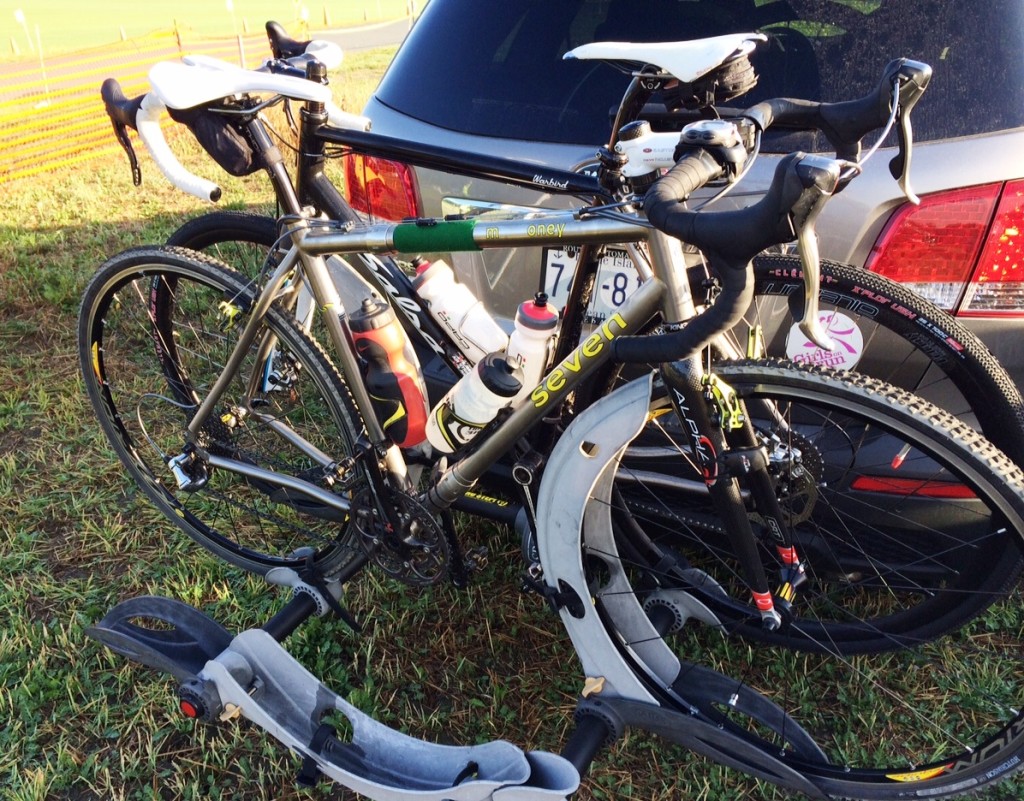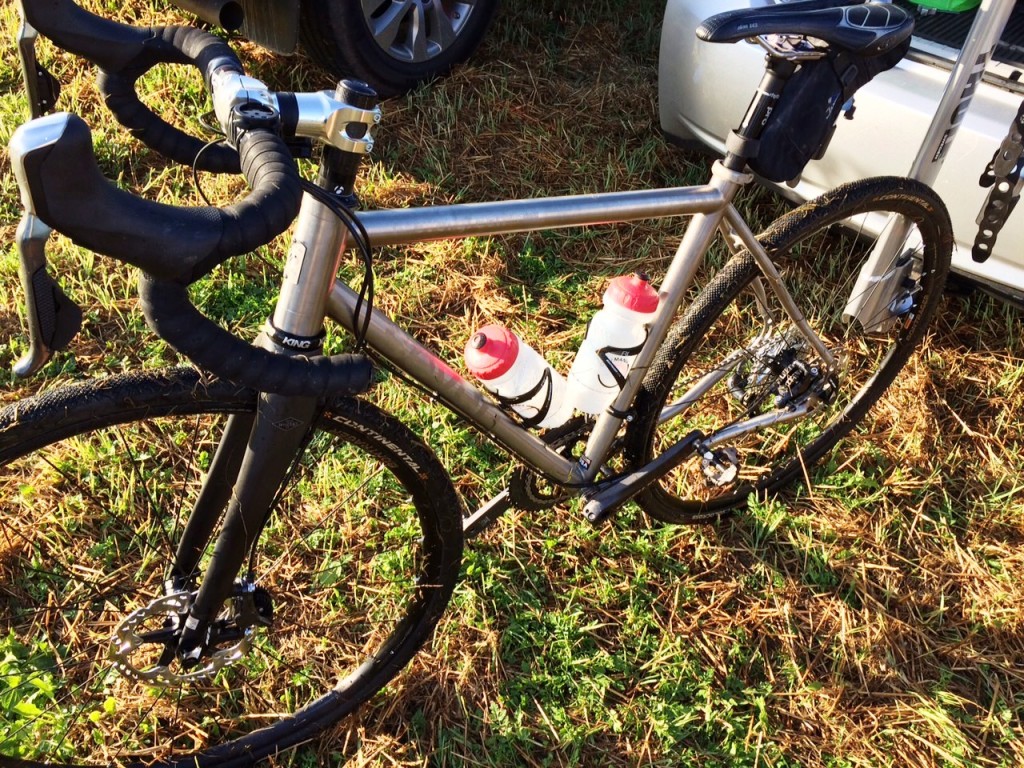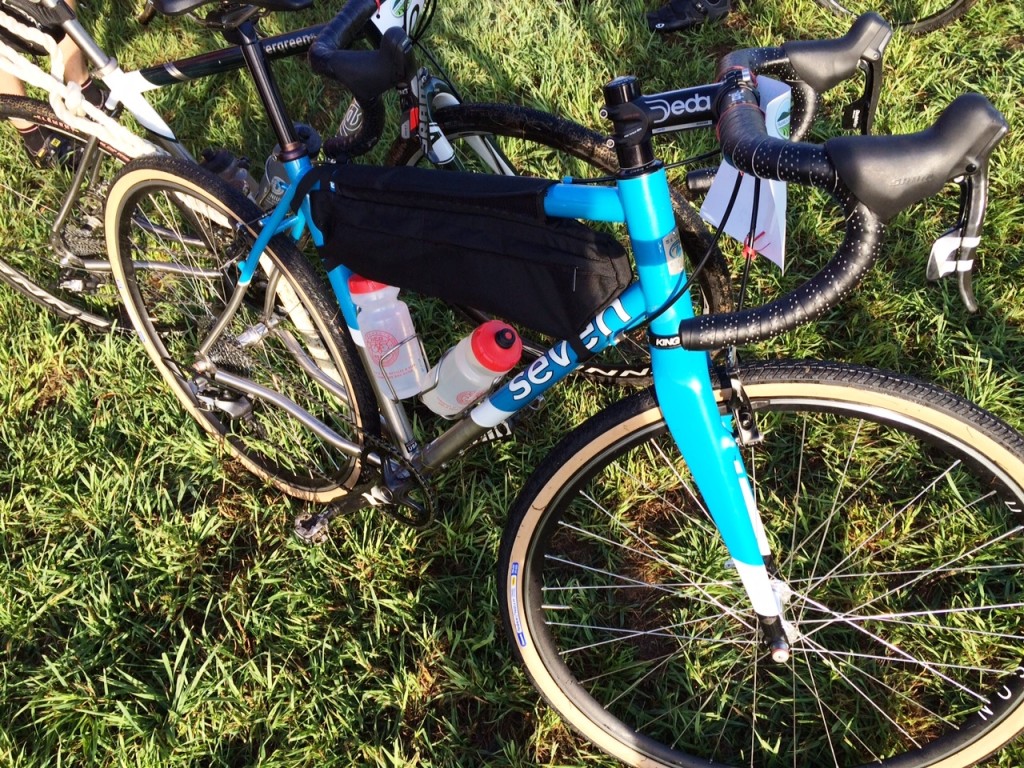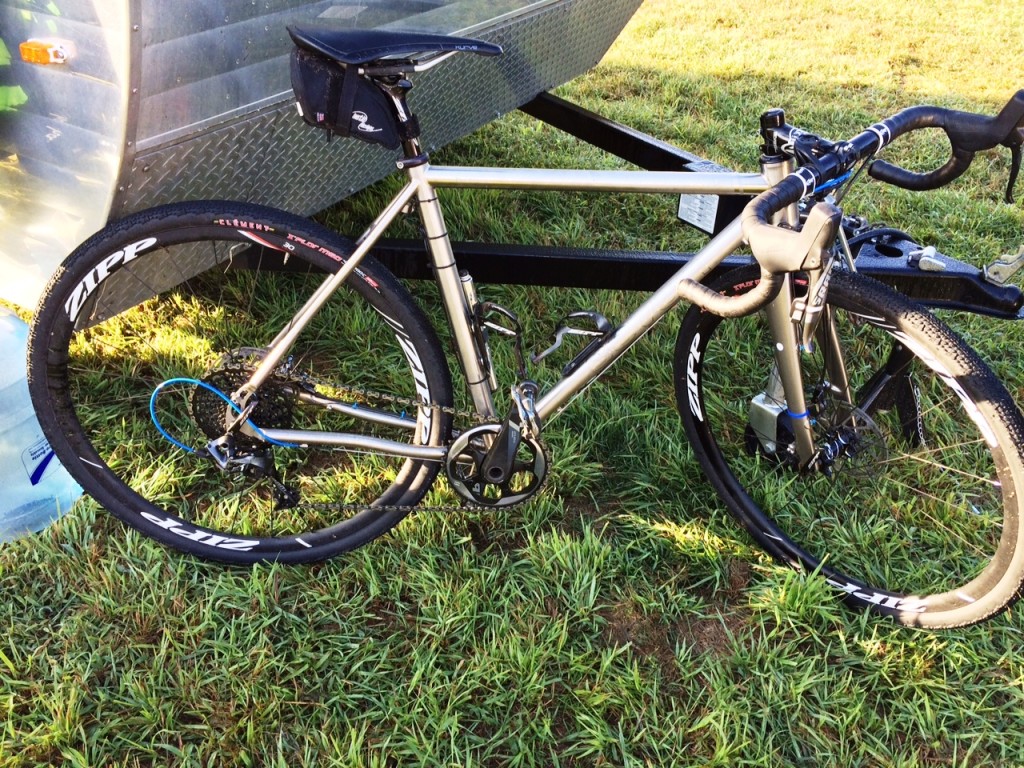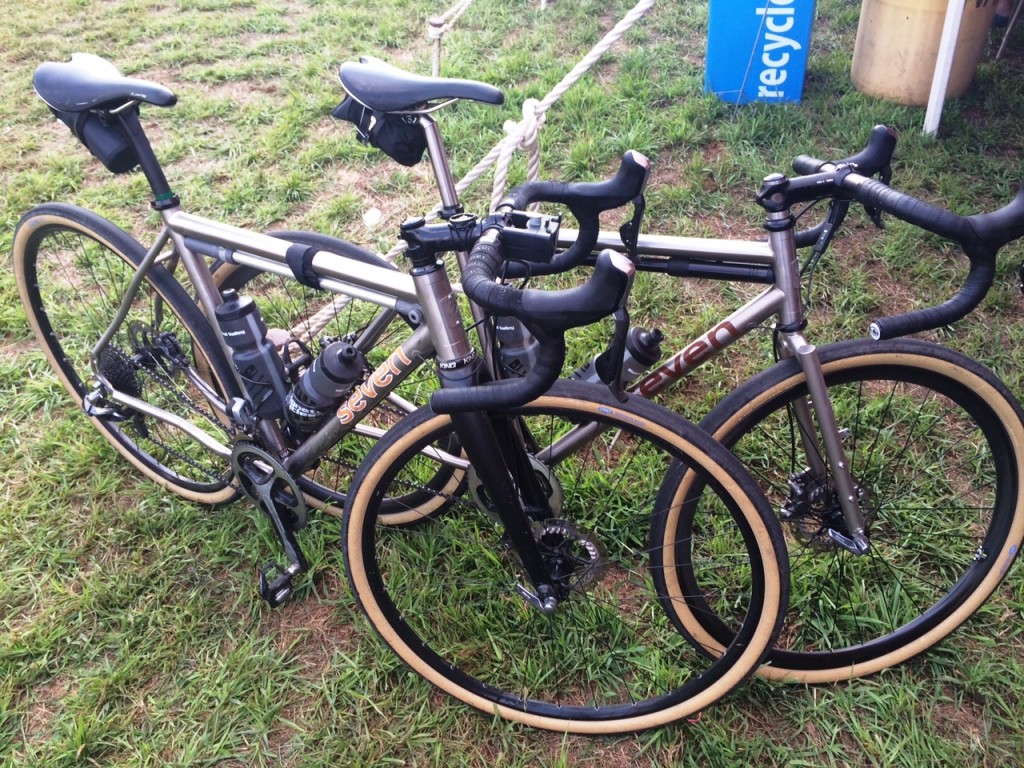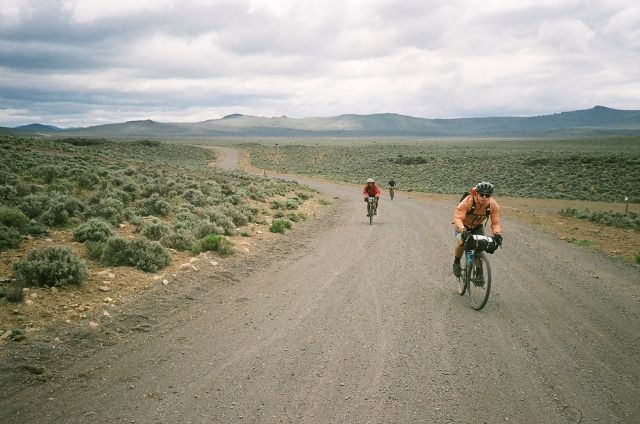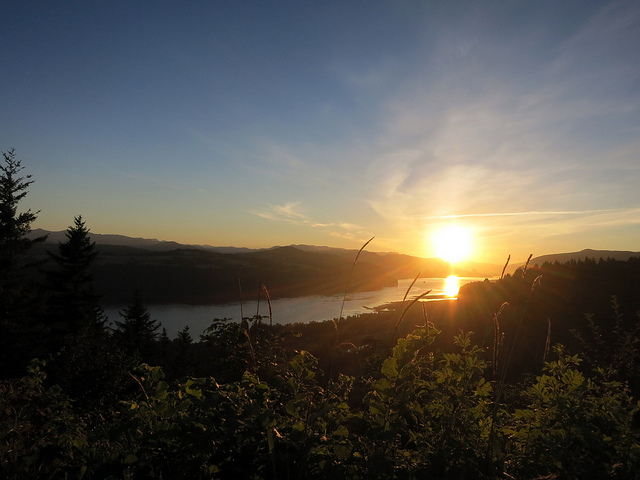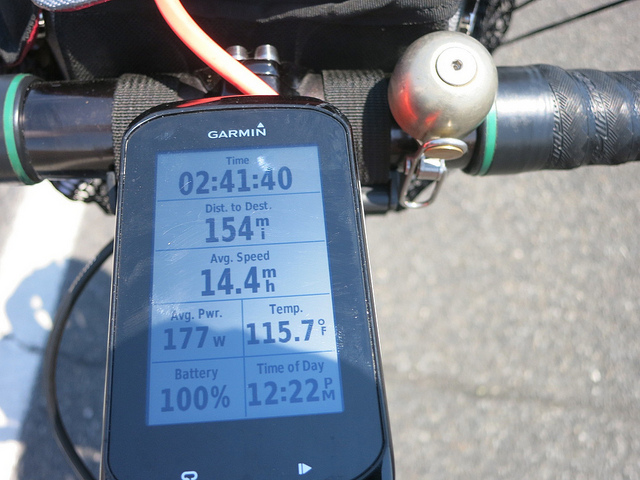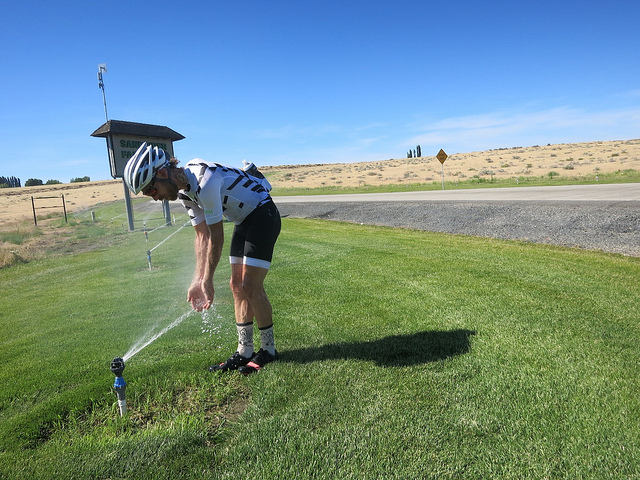Everyone loves David Wilcox. For such an unassuming guy, soft-spoken without being shy, no hint of nervous energy or burning drive, this is strange. The Wilcox, as he’s known in bike circles, has a reputation for two things, incredible strength on the bike over distances that most of us wouldn’t even consider rideable and incredible generosity with his time and his experience. Call it a quiet charisma.
A former co-owner of Boston’s legendary Broadway Bicycle School, the Wilcox has most recently been managing Rapha’s Mobile Cycling Club, and that experience, traveling the country, working events and continuing to be his usual self has spread the legend of The Wilcox far and wide.
Even as he has maintained a grueling travel schedule for Rapha, he has continued to chalk off the longer rides in the brevet series, including the Vermont 600 where his freewheel stopped spinning with 90 miles to go. He pedaled those last 90, non-stop, without taking his feet off the pedals once.
When asked what keeps him motivated to keep riding, to keep putting up big rides, he says simply, “For me it’s really just about getting out, seeing, exploring. How far can I go? I lived in Boston for 10 years, but when I come back to visit I find new parts, even now, only minutes from where I lived. That’s what gets me on the bike. What’s on the next street?”
He continues, “A lot of what I do qualifies as Type 2 fun. At the time, you want it to be over, but the next day it was great. Seeing the sunset and sunrise in the same ride is amazing. It’s a special opportunity when you can do that.”
Those lucky enough to ride with The Wilcox will tell you how strong he is, but also how even-keeled he stays even hundreds of miles into a ride. He says, “The only time I recall being on edge on the bike was during the second Green Mountain Double Century. We were ripping down Green River Road at twilight, and I was on the end of the paceline, so I’m not sure how it happened, but I hit a pothole so hard it destroyed my front wheel. I think I was just scared and a little angry, and I said, ‘Ok, guys, we need to slow down a little,’ which we didn’t really do.”
Asked where his calm demeanor comes from he says something we hear a lot of randonneurs say, “When you encounter problems on the bike, they always have solutions. Usually, when you’re struggling you can eat or drink, and that gets you back to where you need to be.”
In typical Wilcox fashion, David is not inclined to chase achievements. For example, a high profile recent even, Paris-Brest-Paris is for many randonneurs the ultimate achievement, but The Wilcox isn’t interested. “A big part of it, for me, is social,” he explains. “A big ride can be a kind of shared hallucination. I don’t look forward to doing that kind of thing by myself, but with my friends it’s a great experience. At the same time, doing something like Paris-Brest-Paris isn’t attractive for me, because it’s like you do it just to say you did it. I’m more inclined to go on adventures with my friends. I’m not knocking PBP. It’s just not for me.”
Soon The Wilcox will leave the road, swapping his job with Rapha for a more settled position with his friends Jeremy and Julie at The Athletic. “I’m excited to be in one place for a while,” he says, “to race ‘cross and maybe even to train a little bit for it rather than just pulling stuff out of my suitcase, confirming I have everything I need and then racing two hours later.”

